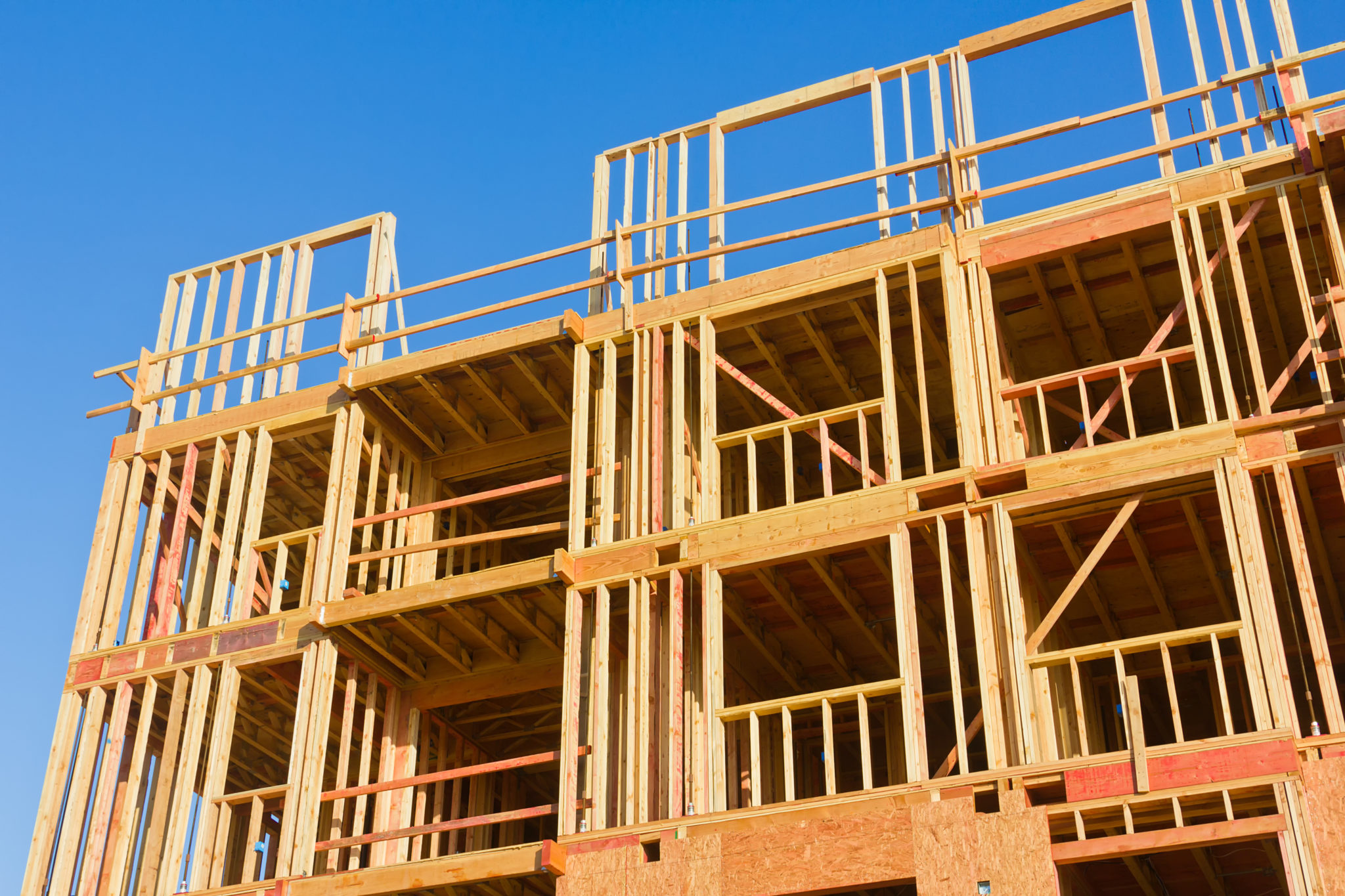Government publishes draft Building Safety Bill
Published on 23rd July 2020
A parliamentary committee will report on the draft with legislation expected to evolve as more safety risks are identified and consultation proposals are published from the Grenfell Inquiry

The government has published the first draft of legislation that will implement the biggest change to building safety regulation in nearly 40 years. The Building Safety Bill is part of a package of regulatory changes intended to resolve the issues that contributed to the Grenfell Tower fire.
After Grenfell
In the aftermath of the Grenfell Tower fire in July 2017, the then Home Secretary commissioned Dame Judith Hackitt to undertake an independent review of building and fire safety regulations (with specific focus on high rise residential multi-occupancy premises) to consider whether they were fit for purpose.
In December 2018, the government published its "Building a safer future: an implementation plan" response to the Hackitt review, indicating that the recommendations of the review would be implemented in full. The government then announced in the 2019 Queen's Speech that "New measures will be brought forward… to improve building safety" and that these measures would include a new Building Safety Bill.
The Bill will apply to higher-risk buildings defined as multi-residential buildings taller than 18 metres or more than six stories, whichever is reached first.
Major change
The Bill establishes the Health and Safety Executive as the statutory building safety regulator to underpin the regulatory reforms in the new building safety regime. The new Building Safety Regulator (BSR) has three broad functions:
- Implementing the new, more stringent regulatory regime for higher-risk buildings;
- Overseeing the safety and performance of all buildings, through overseeing the performance of other building control bodies and understanding and advising on existing and emerging building standards; and,
- Assisting and encouraging competence among the built environment industry, and registered building inspectors.
One of the BSR’s three functions is to implement a more stringent regime for higher-risk buildings, which during the design and construction phase will include:
- A new dutyholder regime to be incorporated across the lifecycle of higher-risk buildings. This is based on the principle that the person or entity that creates a building safety risk should, as far as possible, be responsible for managing that risk. These dutyholders will include those appointed under the Construction (Design and Management) Regulations 2015 (CDM 2015).
- In building regulations, powers to prescribe industry competence requirements on the principal designer and principal contractor, as defined by CDM 2015, and any prescribed person, and to impose duties on the persons appointing them to ensure they meet the competence requirements.
A mandatory occurrence reporting system is to be established, which will involve the obligatory reporting to the BSR of structural and fire safety occurrences that could cause a significant risk to life safety.
Proposed landlord duties
During the occupation of higher-risk buildings, the "accountable person" will be the dutyholder. The accountable person will either have the legal estate in possession of, or is under a relevant repairing obligation, for any part of the of the common parts of the building. They may be an individual, partnership or corporate body and there may be more than one accountable person for a building.
The Bill makes the accountable person responsible for registering the building and applying for a Building Assurance Certificate which will be issued by the BSR if it is satisfied that the accountable person is complying with the statutory obligations placed on them.
Existing buildings that are already occupied will also need to be registered, and existing buildings which are unoccupied at the introduction of the new regime will have to be registered by the point the building is occupied.
The accountable person will need to appoint a building safety manager, who must have the organisational capability and relevant skills, knowledge and experience. The building safety manager can be an individual or organisation whose principal role is to support the accountable person in the day-to-day management of fire and structural safety in the building.
The Bill creates an ongoing duty on the accountable person to assess the building safety risks relating to their building, and to take all reasonable steps to prevent the occurrence, and control the impact, of a major incident resulting from those building safety risks in or around the building. The accountable person will need to demonstrate how they are meeting this ongoing duty through a safety case report which they will be required to keep up to date.
The Bill also places statutory obligations on the accountable person that will help to promote a strong partnership between residents and the building safety manager. These obligations cover engagement and participation, complaints handling, information provision and the role of residents in helping keep the building safe. One such obligation is to produce and keep up to date a residents’ engagement strategy setting out how the obligations will be delivered in practice.
Toughened powers
The BSR will ensure compliance with the measures outlined in the Bill through a combination of toughened existing powers and new powers.
The Bill includes building control reform provisions to improve competence levels and accountability in the building control sector by creating a unified professional and regulatory structure for building control, changing and modernising the existing legislative framework.
The draft also creates powers to make provision for regulation of all construction products placed on the UK market. It creates powers for the regulation of “designated products”, which covers the same products regulated by the EU framework.
In order to improve the competence of architects, the Bill introduces a power for the Architects Registration Board to monitor competence of the architects on their register.
The Bill includes provisions that enable social housing complainants to escalate a complaint to the Housing Ombudsman service directly, once they have completed their landlord’s complaints process, thereby increasing the speed of redress. This is achieved by removing the existing requirement – referred to as the "democratic filter" – for social housing residents to make their complaint via a designated person who is an MP, councillor or recognised tenant panel or wait eight weeks after the end of their landlords’ complaints process.
It also includes provisions that allow relevant owners of new build homes to escalate complaints to the New Homes Ombudsman scheme. The secretary of state must make arrangements for a scheme to be available for complaints against members of the scheme to be investigated and determined by an independent person.
The Landlord and Tenant Act 1985 will be amended to imply terms into long leases of dwellings in higher-rise buildings so that building safety measures, the associated costs and the related charges that may be passed onto leaseholders will not be reliant on the service charge provisions in each lease. The Bill includes a new building-safety charge intended to give leaseholders greater transparency around costs incurred in maintaining a safe building – with numerous powers deliberately included to limit the costs that can be re-charged to leaseholders.
What next?
The draft Bill will be examined by a parliamentary committee who will report with feedback and recommendations before the Bill is finalised. Pre-legislative scrutiny is the detailed examination of an early draft of a Bill that is done by a parliamentary select committee before the final version is drawn up by the government. The Bill will then be introduced formally in the House of Commons or the House of Lords.
The government has said that the legislation will evolve as further safety risks are identified and the 18 metre threshold will be kept under review. The government will also publish a new manual to building regulations, containing all approved documents guidance.
A separate consultation on proposals to implement recommendations from the Grenfell Tower Inquiry phase one report is also set for publication. The inquiry demands included mandatory three-monthly checks of fire doors and personal evacuation plans for all high-rise residents.
If you have any questions with regard the content of the new Bill or the likely steps your business may have to undertake in the future please contact our health and safety team using the contact details below.




